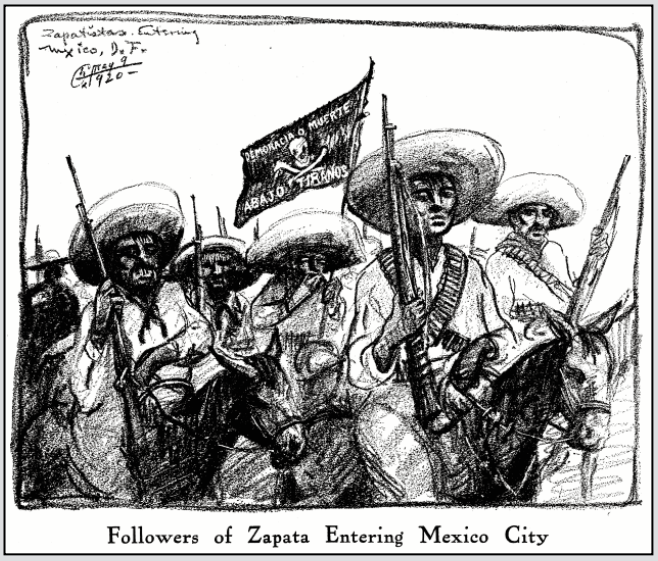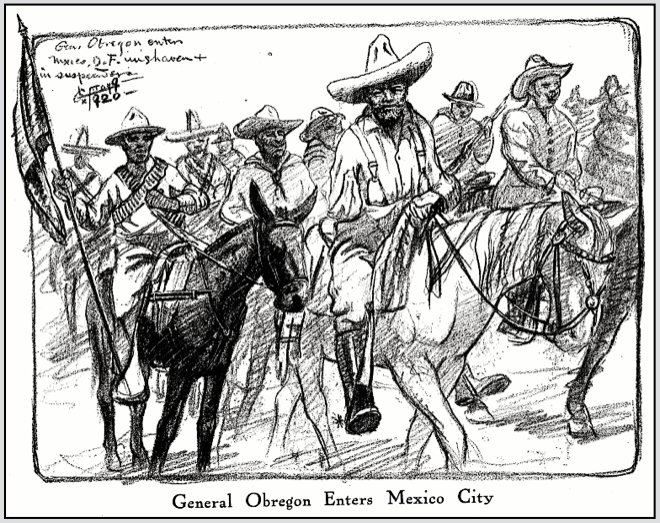 —————
—————
Hellraisers Journal – Wednesday May 25, 1921
Mother Jones News Round-Up for April 1921
-Found in Washington, D. C., Protesting West Virginia’s Jury Bill
From the Washington Evening Star of April 1, 1921:
PROTEST WEST VIRGINIA JURY LEGISLATION
———-
Samuel Gompers and ”Mother” Jones Speak
at Central Labor Meeting.
President Samuel Gompers of the American Federation of Labor and “Mother” Jones of the United Mine Workers led the local protest against enactment of the proposed jury legislation for West Virginia at a special mass meeting of Central Labor Union, in Musicians’ Hall, last night.
President Gompers denounced the proposed law as an abrogation of the right guaranteed to a defendant under the Constitution of the United States providing trial by jury and change of venue. He said that a premeditated conspiracy for the destruction of trades unionism was at the basis of the move for the law which will allow a judge to select a jury from any county in the state no matter in which county the trial was being held. He charged that the judiciary, consciously or unconsciously, were aiding in the fight against organized labor.
Mother Jones was vehement in her expressions against the proposed legislation. She flayed local labor for its seemingly supine attitude.
[She said:]
You haven’t any fire in you at all, sitting here with your comfortable air, while tyranny is being wrought in West Virginia, where babes of murdered fathers are starving for their very bread.
At the conclusion of the meeting a resolution was adopted unanimously denouncing the proposed legislation.
The resolution declared that “the legislature of West Virginia has passed a bill which would place the power in the hands of a trial judge in that state to select a jury from counties outside of that in which the trial is being held,” and that if enacted the proposal would mean “the abrogation of the intent of the jury system.”
———-
[Photograph added.]

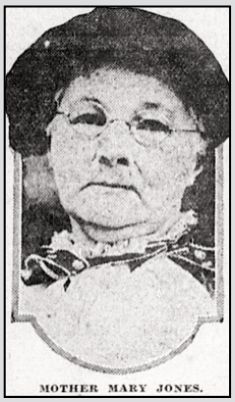
 —————
—————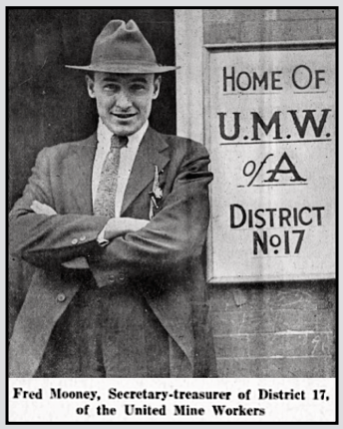
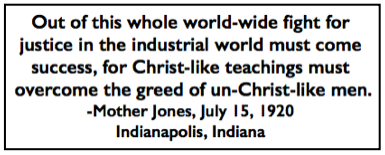 ———-
———-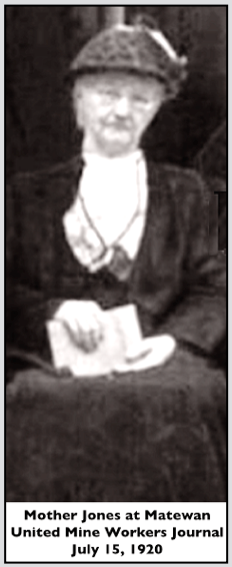
 ———-
———-